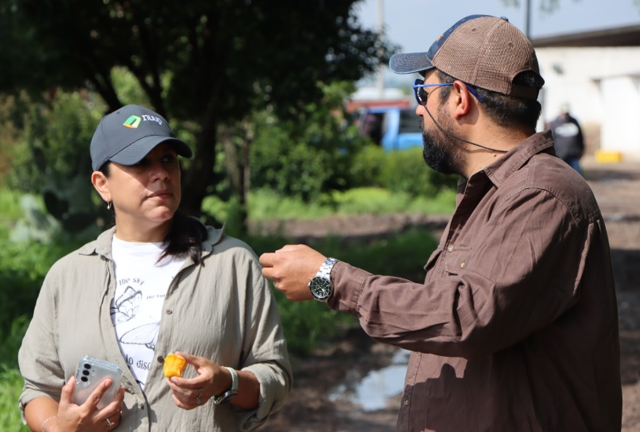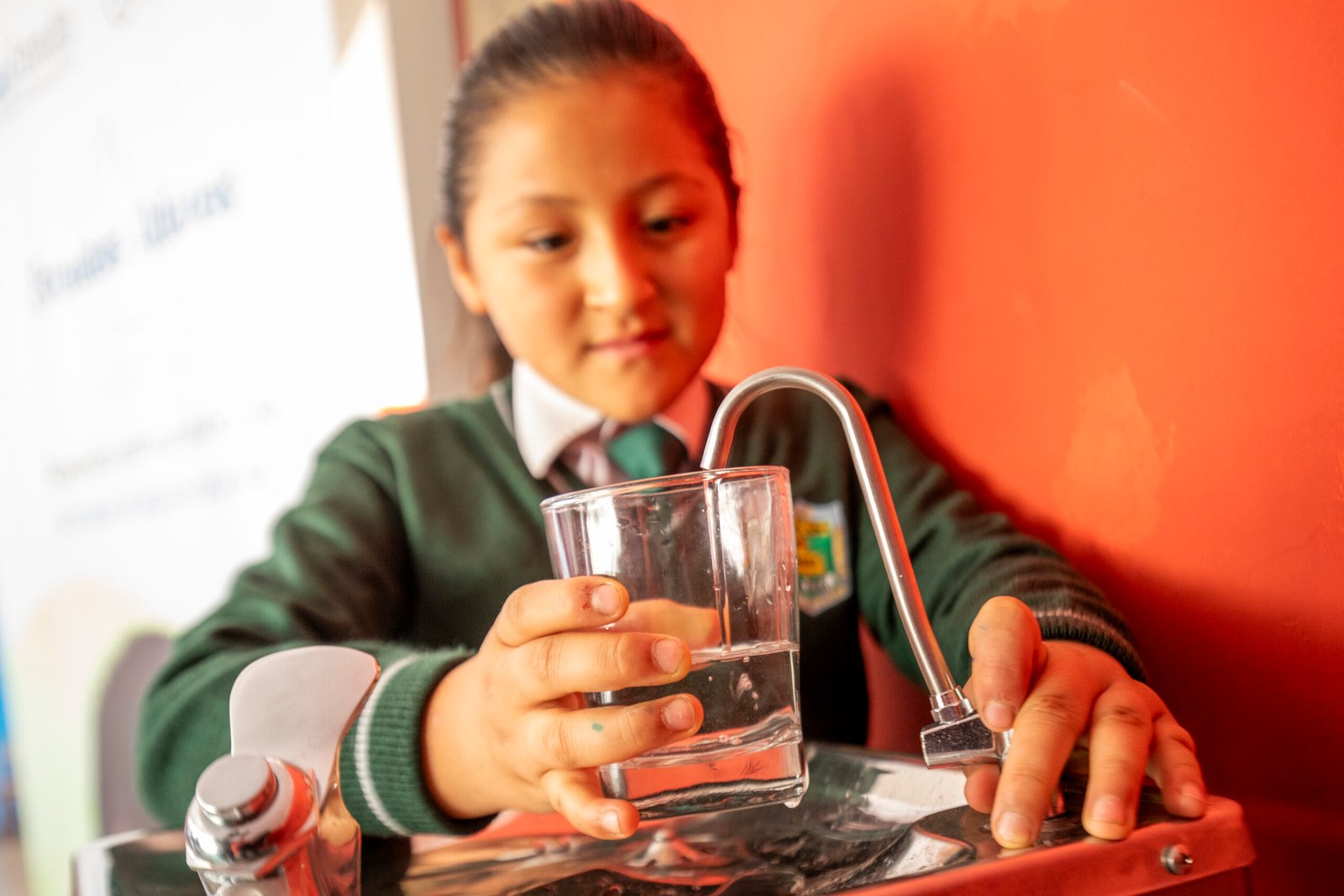By Catalina Deluchi, VP and Business Development Director at Agua Segura
For a large part of my professional life, I was linked to the corporate and marketing world. There, I learned the importance of strategy, innovation, efficiency, and brand value. However, as time passed, I began to feel that something was missing: I needed my work to also leave a positive mark on society and the planet.
This personal process led me to look closely at the great challenges of our time, and one of them moved me profoundly: the water crisis. Water is not just a natural resource: it is the foundation of life, health, food production, energy, and communities. Yet, we are facing an alarming scenario: by 2030, water demand could exceed availability by 40%. This projection jeopardizes global water security and requires urgent solutions.
In 2019, I began my journey with Agua Segura, a triple-impact company that designs and implements projects related to water access and sanitation in vulnerable communities. In 2022, I decided to take a further step: becoming a partner. This decision marked a before and after, not only professionally but also personally. Because investing in water is not philanthropy: it is a bet on the future. It is understanding that business competitiveness, economic stability, and community well-being largely depend on how we manage this vital resource.
The companies of the future must have sustainability incorporated into their DNA, and water will be a transversal focus. Without water, there is no health, development, or innovation possible. Water conservation and the promotion of sustainable water management strategies are an urgent necessity today, involving both the public and private sectors. In fact, many community water projects—including those linked to WASH (Water, Sanitation, and Hygiene)—demonstrate that generating positive impact is possible when working collaboratively.
For me, this decision is also deeply personal. It is choosing to align my values with my actions. It is trusting that from our respective places—whether as individuals, companies, or society—we can make a difference. It is also, like many women who now lead impact projects, betting on a more integrating, collaborative, and transformative vision.
One of the most powerful lessons from these years has been understanding that no project can have a real impact unless it is built from the territory, together with those who live there. At Agua Segura, we are clear about this: we work hand-in-hand with local allies, communities, and governments to identify opportunities, design adapted solutions, and ensure that the impact is lasting. This is the key to ensuring that projects are not merely interventions, but real transformations in water access and sanitation.
I also learned that challenges are not faced with prefabricated recipes, but with active listening, empathy, and co-creation. The response to water scarcity, source pollution, and lack of infrastructure requires multiple approaches: from the restoration of aquatic ecosystems and aquifer recharge, to the use of sustainable technologies and the strengthening of local capacities.
This path has not been easy. Venturing and leading in the water world involves overcoming structural barriers, cultural resistance, and, often, a lack of reliable data and information. But it also means being part of an increasingly strong network of individuals, companies, and organizations committed to change.
Today, I am proud to be part of Agua Segura and to contribute my experience to a mission I fully share: building local and sustainable solutions to one of the most pressing crises of our time. And I do so with the certainty that every effort, every alliance, and every project we implement is a seed that grows. A seed that carries not only water, but also health, dignity, equality, and opportunity.
The bet on water is, ultimately, a bet on life.
For more information check https://aguasegura.com/blog/


